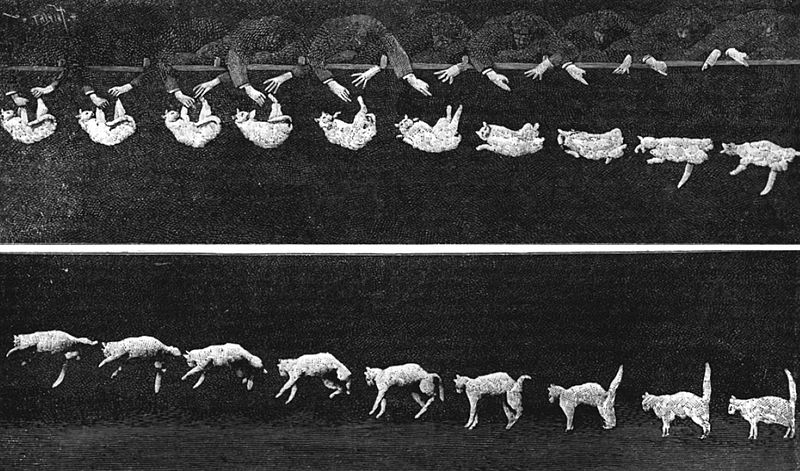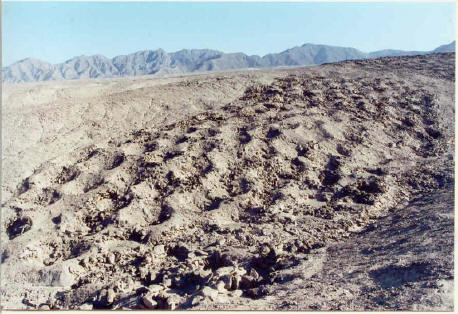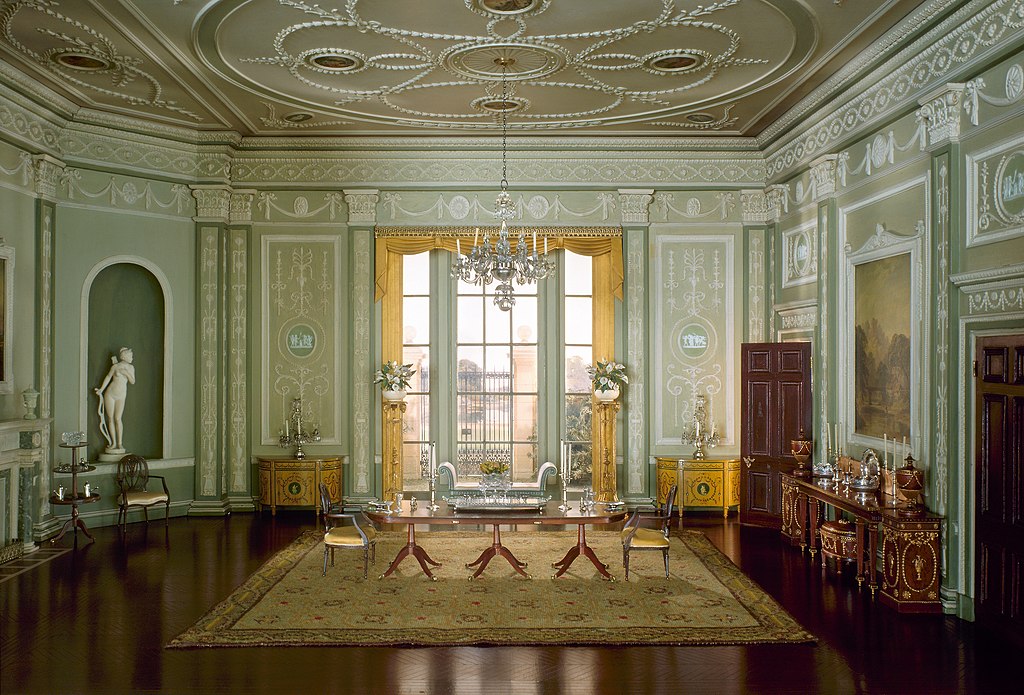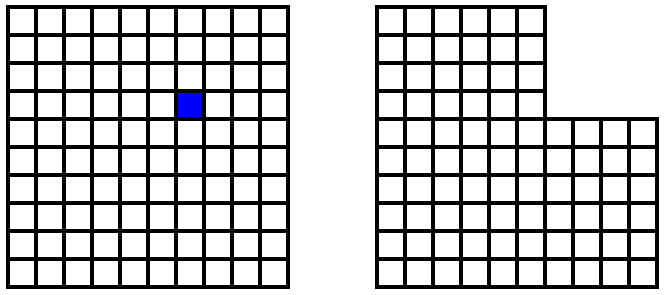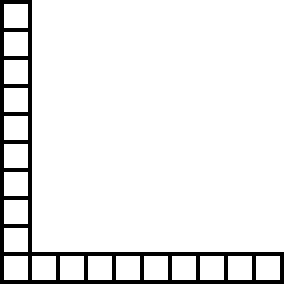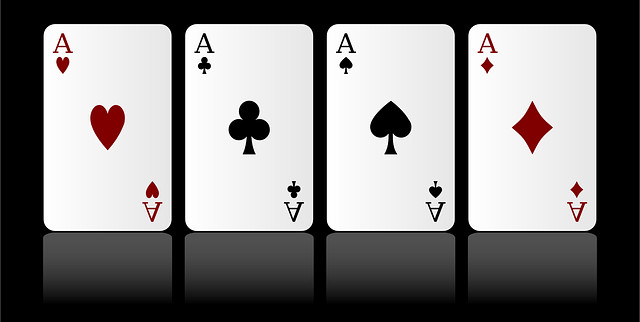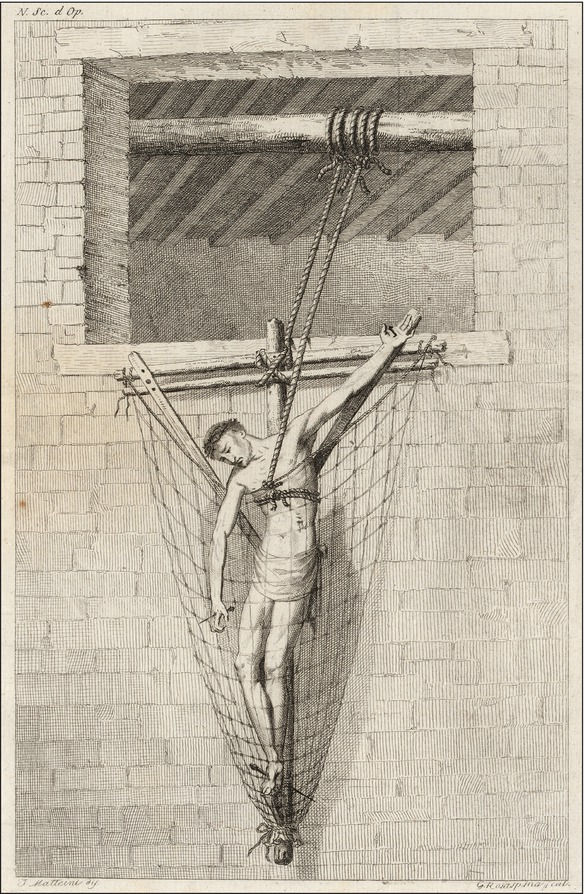A reader let me know about this: In Vancouver, Washington, there’s a library for “unwanted” manuscripts — manuscripts that no publisher wanted to publish. The Brautigan Library was inspired by Richard Brautigan’s 1971 novel The Abortion: An Historical Romance 1966, which describes a library for “the unwanted, the lyrical and haunted volumes of American writing.” Authors could place their manuscripts anywhere they liked on the library’s shelves, happy to have them preserved there though no readers could find them.
Inspired by this, in 1990 Todd Lockwood, of Burlington, Vermont, started The Brautigan Library, inviting submissions of unpublished manuscripts and encouraging visitors to read them. Lockwood’s library closed in 2005, but in 2010 its contents were taken from storage and moved to Vancouver, where John Barber, a faculty member at Washington State University, now curates it. It currently contains more than 300 manuscripts, and Barber now accepts electronic submissions. You can browse the catalog here.
The French writer David Foenkinos has written a novel in which a librarian reads Brautigan’s book and decides to create Brautigan’s library as part of the municipal library that he manages in a little town in Brittany. It’s called “Le mystère Henri Pick.”
(Thanks, January.)

